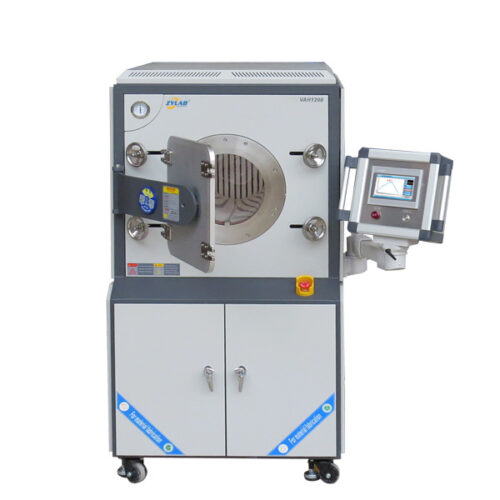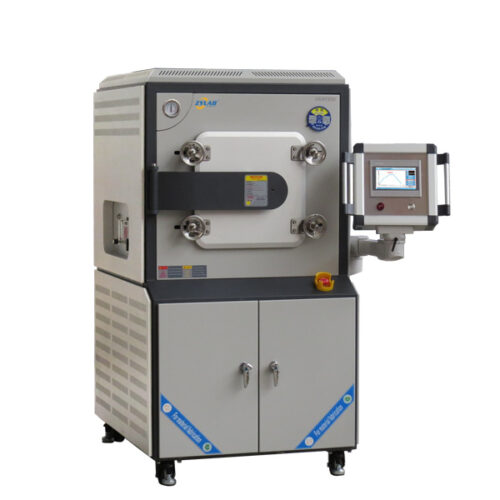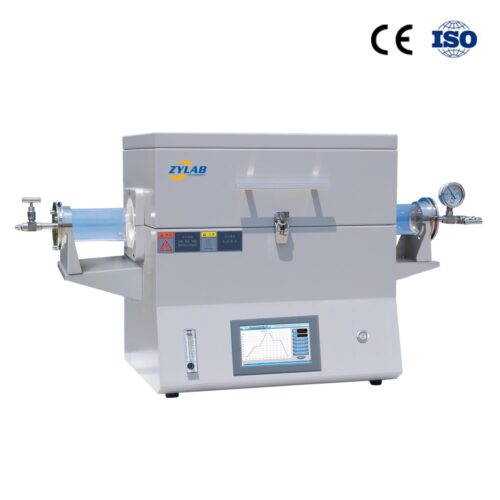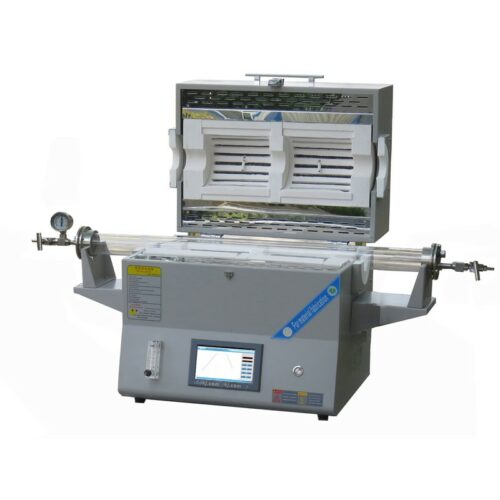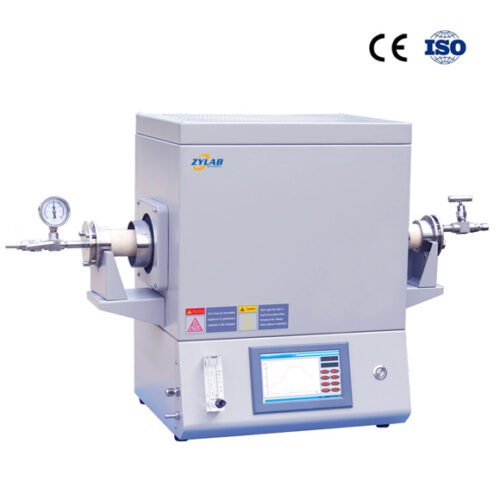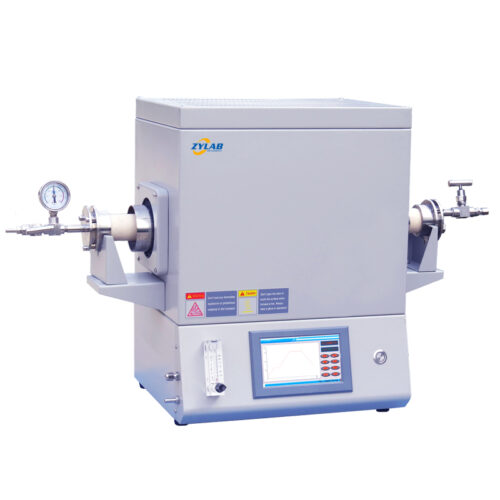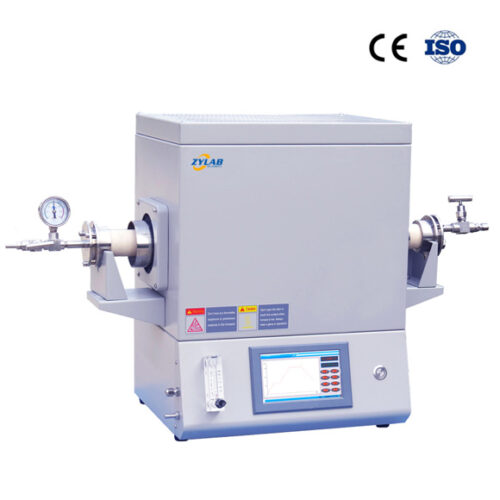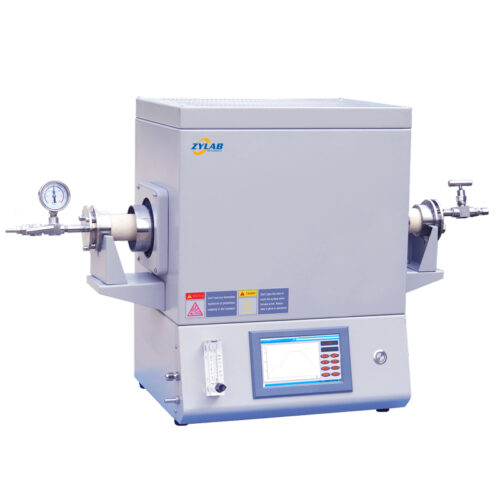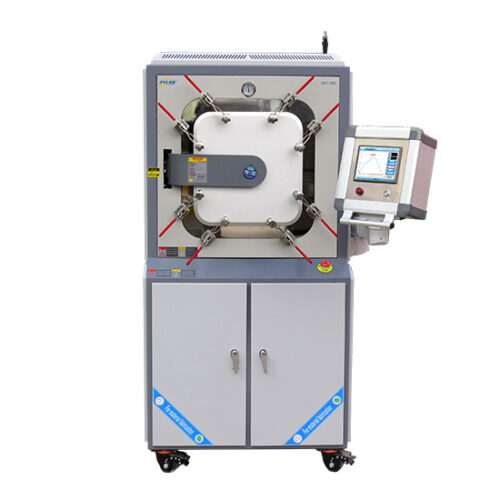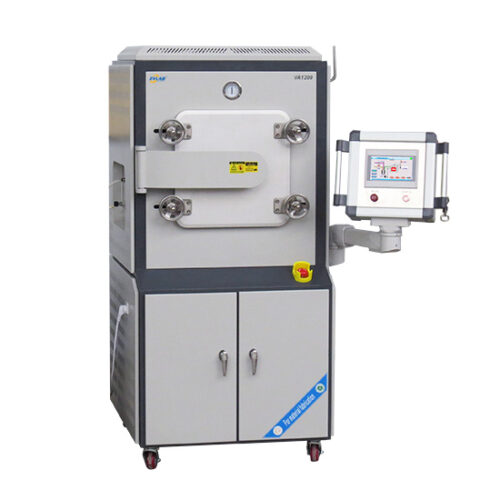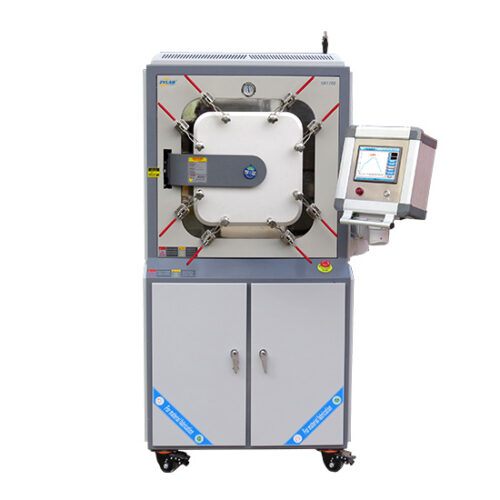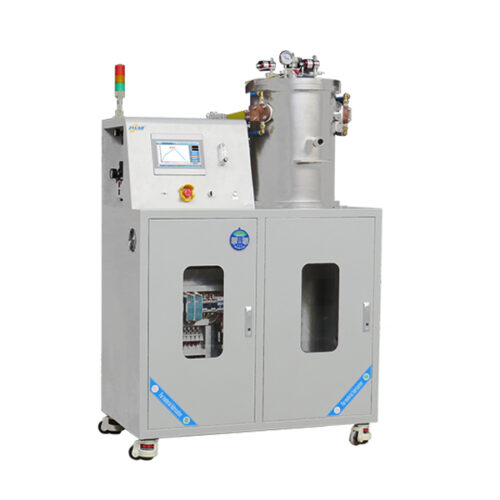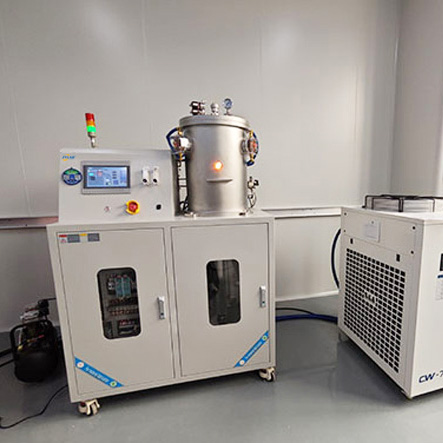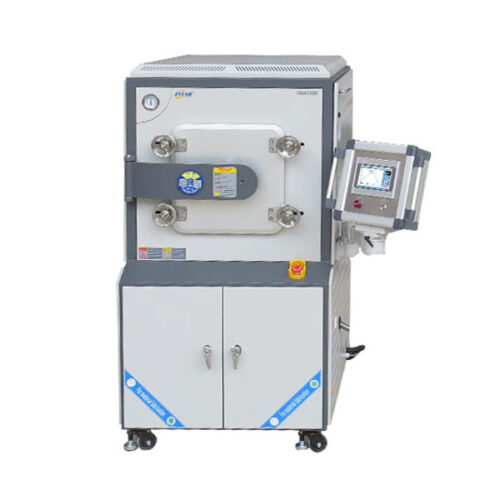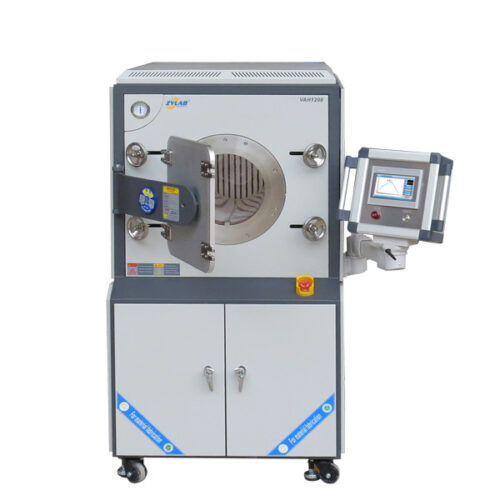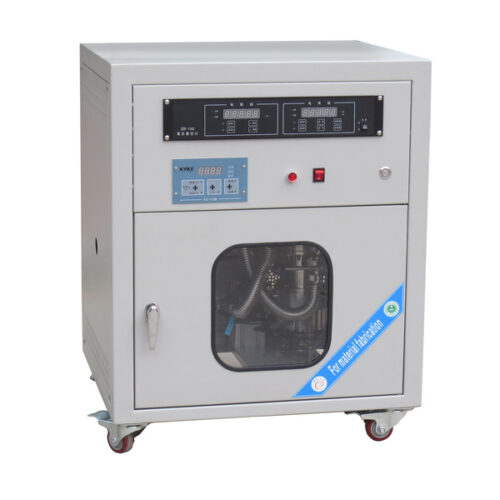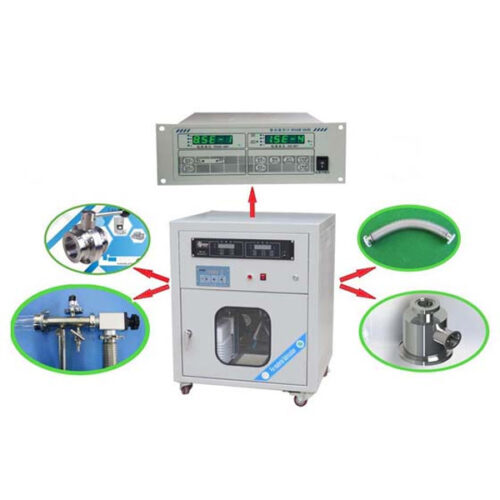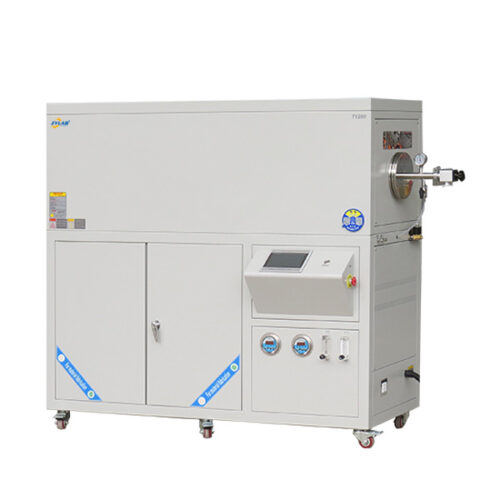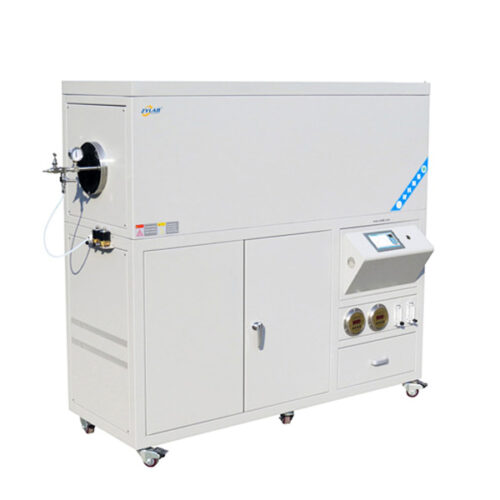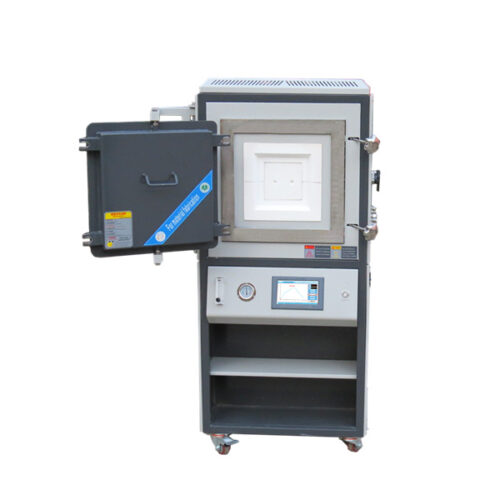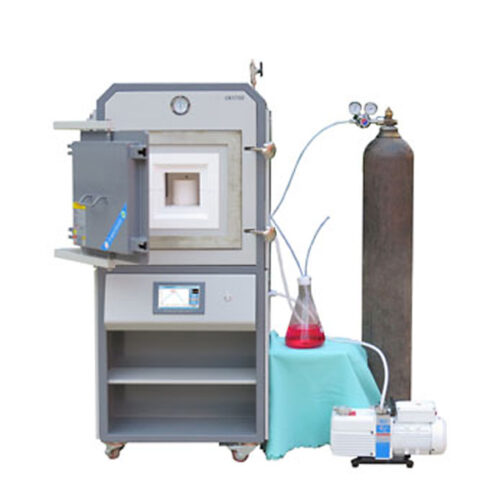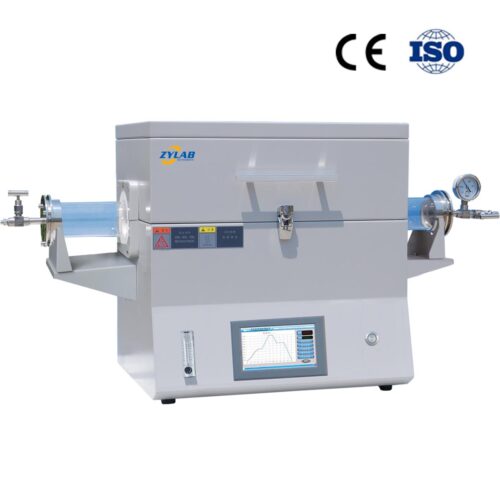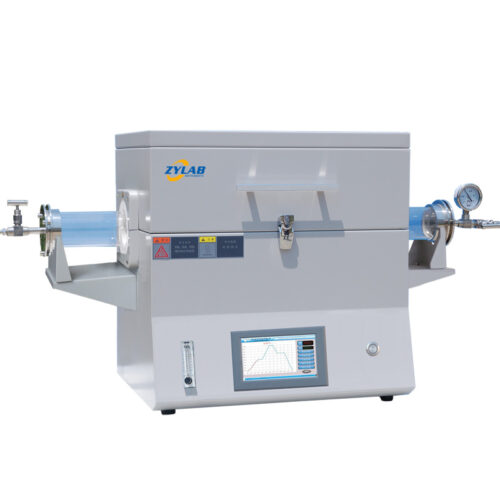Vacuum Furnace
A vacuum furnace is a specialized piece of equipment used in materials processing and heat treatment, particularly in industries like aerospace, automotive, electronics, and metallurgy. It operates under low-pressure or vacuum conditions to create controlled environments for various thermal processes. Here are key features and applications of vacuum furnaces:
Key Features:
- Vacuum Environment:
- A vacuum furnace operates in a controlled low-pressure or vacuum environment, minimizing the presence of oxygen and other reactive gases.
- Uniform Heating:
- Provides uniform heating of materials, ensuring consistent and controlled thermal processing.
- Preventing Oxidation:
- Eliminates the risk of oxidation and contamination of materials, making it suitable for processes requiring clean and controlled atmospheres.
- Heat Treatment:
- Commonly used for heat treatment processes such as annealing, brazing, sintering, and hardening of metals and alloys.
- Brazing and Soldering:
- Ideal for joining materials through brazing and soldering, ensuring strong and reliable bonds without the need for flux.
- Debinding and Sintering:
- Used in powder metallurgy for debinding and sintering processes, allowing the production of complex-shaped components with high precision.
- Thermal Processing of Aerospace Components:
- Applied in the aerospace industry for treating critical components like turbine blades to enhance their mechanical properties.
- Research and Development:
- Utilized in research and development laboratories for studying material behavior under controlled thermal conditions.
- Clean Atmosphere Processing:
- Suitable for processes that require a clean and controlled atmosphere, such as the production of electronic components and devices.
100-1200.C
800-1700.C
Bottom Loading Furnace
2200°C Vacuum Tungsten Sintering Furnace | Precision Heat Treatment Equipment
CVD Furnace System

